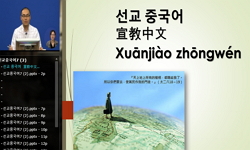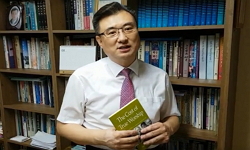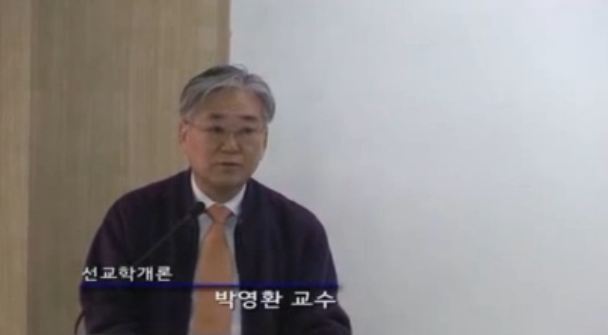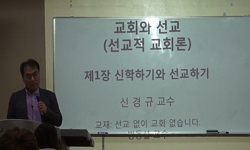In 1915, the Division of Child Hygiene was established, and that same year, the US Children’s Bureau launched its first national campaign for the improvement of childcare, the “Better Baby” campaign. Parallel interest in children’s health and ...
http://chineseinput.net/에서 pinyin(병음)방식으로 중국어를 변환할 수 있습니다.
변환된 중국어를 복사하여 사용하시면 됩니다.
- 中文 을 입력하시려면 zhongwen을 입력하시고 space를누르시면됩니다.
- 北京 을 입력하시려면 beijing을 입력하시고 space를 누르시면 됩니다.

1910년에서 1930년까지 미국과 한국에서의 “베이비 쇼(Baby Show)”에 관한 소고 = A Short History of “Baby Shows” in the United States and Korea, 1910s~1930s
한글로보기https://www.riss.kr/link?id=A108872433
- 저자
- 발행기관
- 학술지명
- 권호사항
-
발행연도
2017
-
작성언어
-
-
주제어
베이비 쇼 ; Baby Show ; 우량아 ; Better Baby ; 혁신주의 시대 ; Progressive Era ; 선교 ; Missionary ; 우생학 ; Eugenics
-
KDC
900
-
등재정보
KCI등재
-
자료형태
학술저널
- 발행기관 URL
-
수록면
219-248(30쪽)
- 제공처
-
0
상세조회 -
0
다운로드
부가정보
다국어 초록 (Multilingual Abstract)
This article examines the parallel histories of these contests, or baby shows, in early twentieth century United States and colonial Korea. The historiography of the baby show in each region has developed asymmetrically. Understanding of the American side of the story has deepened with the accumulation of various analyses encompassing the political, cultural, scientific, and social dimensions of the rise in state and popular interest in children’s health. Meanwhile, except for recognition by a few Korean scholars, the case in colonial Korea has been largely neglected. The purpose of this article is to close the chasm between these disparate historiographies.
Furthermore, this work concerns both the connected origin and the divergent growth and demise of the baby show in the two geographies. Focusing on the conceptual connection between the remote locales, this article suggests to see the possibility of Christian missionaries as an important medium of secular progressive ideals and modern science (including eugenics) from the United States. In addition, it argues for the necessity of exploring the history of baby show with the frame of the rise of new imperialism and increasing imperial interest in children’s health and motherhood, which was a world-wide phenomenon since late 19th century. Also, gender perspective, which many American scholars proved its importance to examine this part of history, has not been adopted into the study of Korean cases.
In 1915, the Division of Child Hygiene was established, and that same year, the US Children’s Bureau launched its first national campaign for the improvement of childcare, the “Better Baby” campaign. Parallel interest in children’s health and well-being manifested in Japanese-occupied Korea in the mid-1910s. Foreign Christian missionaries, the majority of whom were Americans, initiated a Better Baby movement in colonial Korea and promoted “baby show” until coercively expelled by the Japanese colonial government in the late 1930s to 1940.
This article examines the parallel histories of these contests, or baby shows, in early twentieth century United States and colonial Korea. The historiography of the baby show in each region has developed asymmetrically. Understanding of the American side of the story has deepened with the accumulation of various analyses encompassing the political, cultural, scientific, and social dimensions of the rise in state and popular interest in children’s health. Meanwhile, except for recognition by a few Korean scholars, the case in colonial Korea has been largely neglected. The purpose of this article is to close the chasm between these disparate historiographies.
Furthermore, this work concerns both the connected origin and the divergent growth and demise of the baby show in the two geographies. Focusing on the conceptual connection between the remote locales, this article suggests to see the possibility of Christian missionaries as an important medium of secular progressive ideals and modern science (including eugenics) from the United States. In addition, it argues for the necessity of exploring the history of baby show with the frame of the rise of new imperialism and increasing imperial interest in children’s health and motherhood, which was a world-wide phenomenon since late 19th century. Also, gender perspective, which many American scholars proved its importance to examine this part of history, has not been adopted into the study of Korean cases.
동일학술지(권/호) 다른 논문
-
또 다른 미국 예외주의?:조이스 애플비(Joyce Appleby)의 자본주의, 노예제, 그리고 미국혁명
- 한국미국사학회
- 허현
- 2017
- KCI등재
-
조이스 애플비의 ‘문화체제로서의 자본주의’: 『가차없는 자본주의: 혁신과 파괴의 역사』를 중심으로
- 한국미국사학회
- 우인희
- 2017
- KCI등재
-
미시시피 항해권과 핑크니 조약: 워싱턴 행정부의 대응을 중심으로
- 한국미국사학회
- 김정은
- 2017
- KCI등재
-
A History of Judicial Review: The Power of Precedents
- 한국미국사학회
- 하성호
- 2017
- KCI등재




 KISS
KISS






